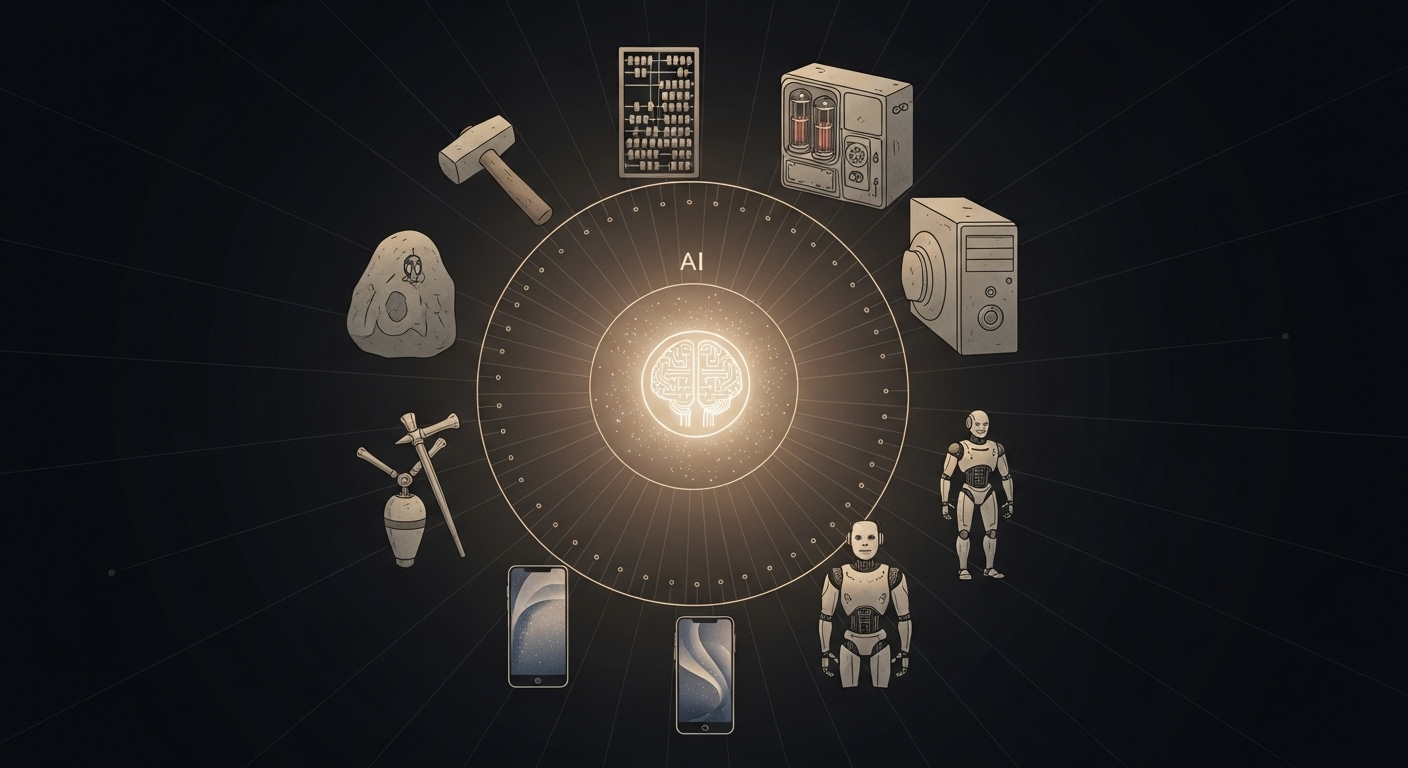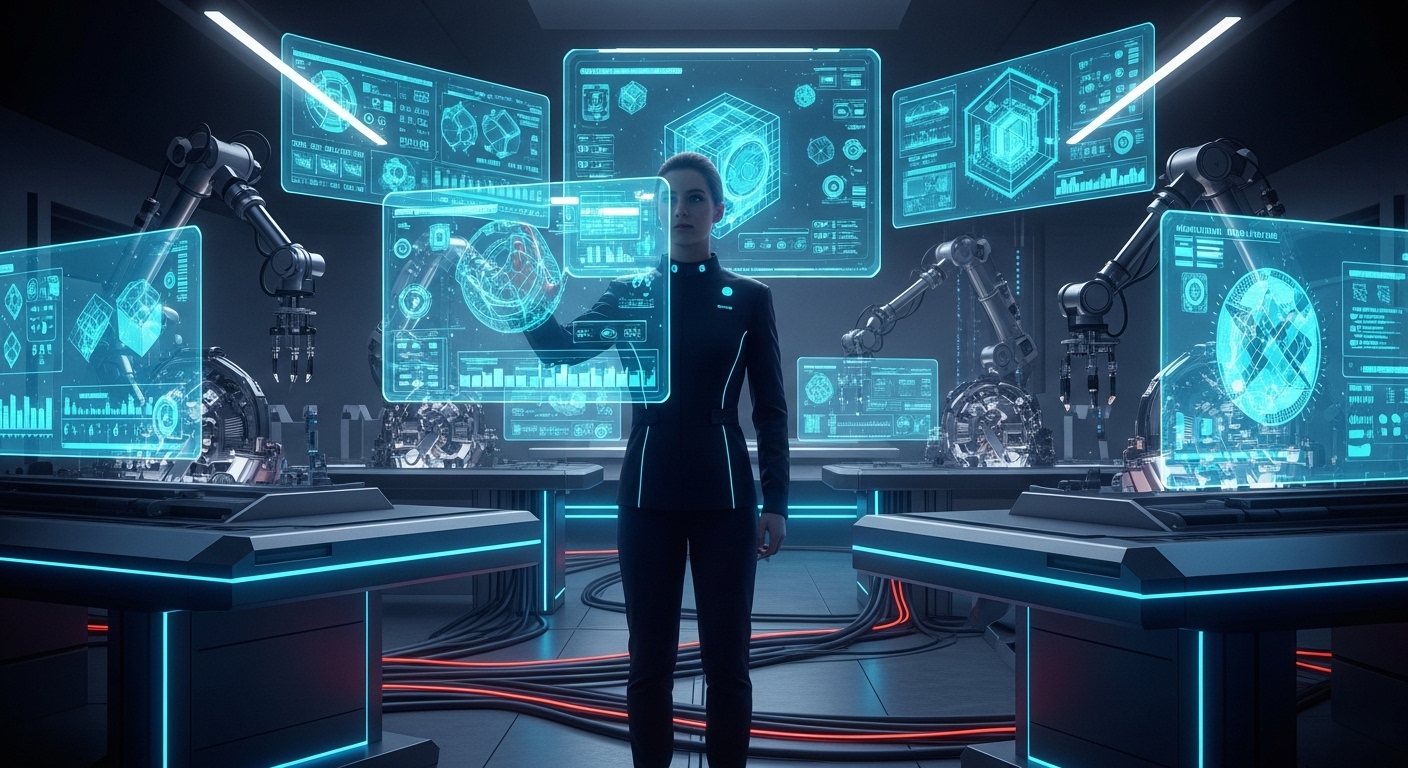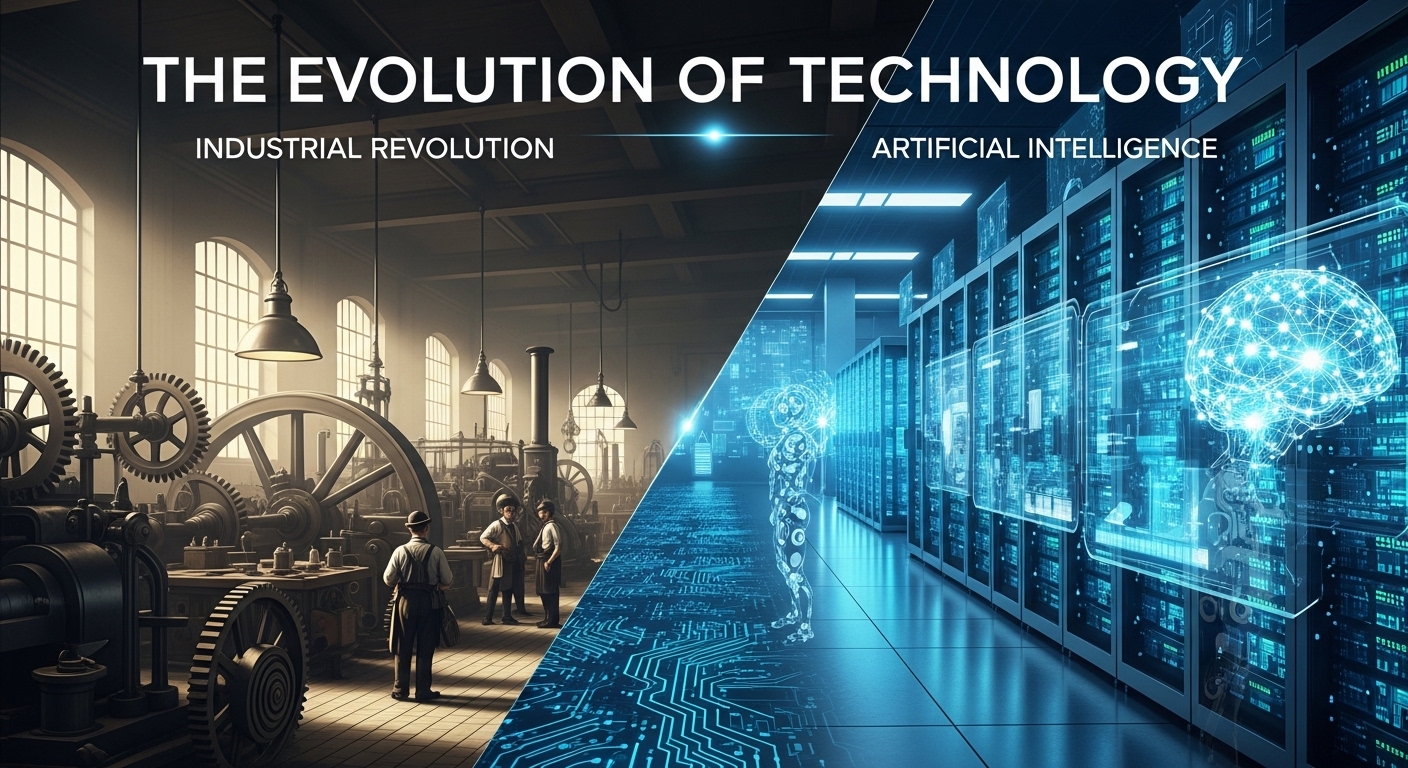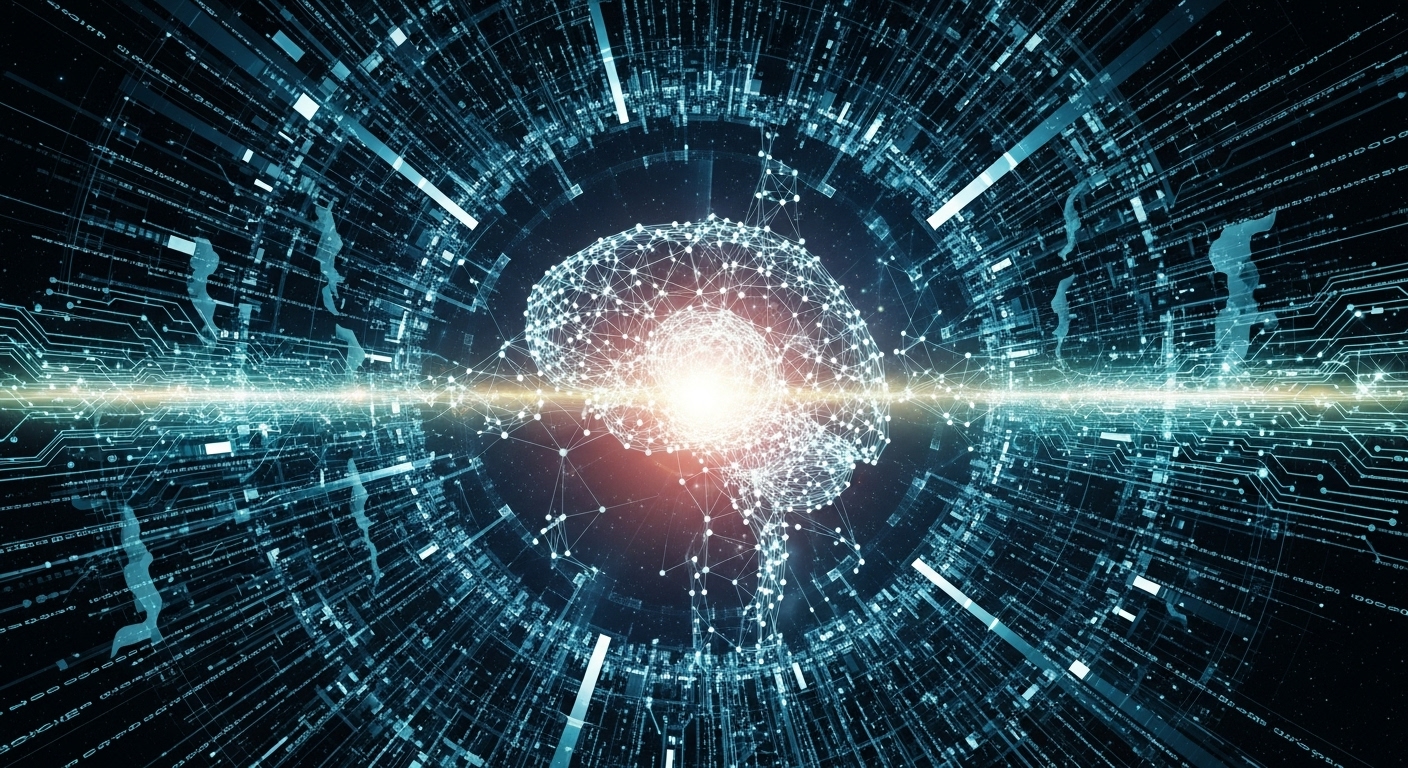Introduction to Modern Technology
Technology has become an inseparable part of our daily lives, transforming the way we communicate, work, travel, and even think. From smartphones to artificial intelligence and cloud computing to biotechnology, the world of technology continues to expand at a rapid pace. The evolution of technology has not only made life more convenient but has also opened new doors for innovation, creativity, and global connectivity. This blog explores different aspects of technology, its past, present, and what the future may hold, while focusing on how it shapes society and human behavior.
The Rise of Digital Transformation
Digital transformation refers to the integration of digital technologies into everyday life, fundamentally changing how businesses and individuals operate. Over the past two decades, digital transformation has reshaped industries such as education, healthcare, finance, transportation, and entertainment. Through automation, cloud computing, and data-driven strategies, companies are now more efficient and capable of reaching a global audience. Individuals benefit by having faster access to information, online services, and enhanced communication tools.
From Computers to Smart Devices
In the early days, computers were large machines used only by researchers and professionals. Today, technology has evolved beyond desktop computers to smartphones, tablets, smartwatches, and smart home systems. These smart devices are now capable of performing tasks like monitoring health, controlling appliances, making payments, and assisting in daily routines. The shift from traditional computing to mobile and wearable technologies has made information accessible anywhere and anytime.
The Internet and Global Connectivity
The internet is one of the most revolutionary inventions in human history. It connects billions of people, allowing real-time communication, online education, digital entertainment, e-commerce, and remote work. Social media platforms have enabled people to share ideas, opinions, and life moments instantly. Although the internet brings many advantages, it also raises concerns related to privacy, security, and misinformation. Balancing the benefits and risks of the internet is one of the major challenges of modern technology.
Artificial Intelligence and Machine Learning
Artificial Intelligence, commonly known as AI, is one of the most transformative technologies of the modern era. AI enables machines to think, learn, and make decisions. Machine learning, a subset of AI, uses data and algorithms to improve the performance of systems over time without explicit programming. Today, AI is used in navigation systems, speech recognition, personal assistants, healthcare diagnostics, financial analysis, and even creative fields like music and art.
AI has the potential to solve complex global issues, but it also brings ethical questions. What happens when machines become smarter than humans? How can we ensure AI is used responsibly? These questions are now at the center of global discussions among scientists, policymakers, and technology experts.
The Growth of Cloud Computing
Cloud computing has changed the way data is stored, accessed, and shared. Instead of relying on physical storage devices, cloud technology allows individuals and businesses to store files online and access them from anywhere. Companies like technology firms and startups use cloud services to run applications, manage databases, and improve collaboration among team members.
Cloud computing has also supported remote work and online education. During global challenges, such as pandemics, cloud platforms allowed schools, universities, and offices to continue functioning smoothly from home environments. The rise of cloud services shows how technology can provide flexible, scalable, and secure solutions in an uncertain world.
5G Networks and Faster Communication
Communication technology has evolved from 2G to 3G, 4G, and now 5G. The fifth generation of wireless technology promises faster internet speeds, lower latency, and more reliable connectivity. With 5G, downloading large files, streaming high-quality videos, and using advanced technologies like augmented reality and virtual reality becomes much more efficient.
5G networks are expected to support smart cities, autonomous vehicles, and real-time health monitoring. However, the development of 5G also requires huge investments in infrastructure and raises concerns about privacy and radiation effects, which scientists are continuously studying.
The Role of Biotechnology and Health Tech
Technology is not limited to electronics and the internet. Biotechnology uses biological systems and living organisms to create products and solutions. Health technology, or health tech, bridges the gap between medicine and innovation. Devices like smartwatches, fitness trackers, and digital health apps allow individuals to monitor their heart rate, sleep patterns, and physical activities.
Robotic surgeries, telemedicine, genetic testing, and 3D printed organs represent groundbreaking advancements in medicine. These technologies not only save lives but also make healthcare more personalized and accessible. The integration of AI in health tech allows quicker diagnosis and better treatment plans.
Automation and the Future of Work
Automation is the process of using machines and software to perform tasks with little or no human intervention. In industries such as manufacturing, agriculture, and services, automation has increased efficiency and reduced labor costs. Robots are now used in factories to assemble products, drones are delivering packages, and software bots are handling customer queries.
While automation brings convenience and productivity, it also raises the concern of job displacement. Many traditional jobs may disappear, but at the same time, new jobs will emerge in technology development, programming, cybersecurity, and data analysis. The future of work requires individuals to adapt by learning new skills and embracing lifelong learning.
Cybersecurity and Data Privacy
As digital transformation expands, so do cyber threats. Cybersecurity is essential to protect sensitive information, systems, and networks from cyberattacks. Hackers use techniques like phishing, malware, and ransomware to steal data or cause damage. To prevent such attacks, strong passwords, encryption, firewalls, and regular software updates are essential.
Data privacy is another major concern. Individuals share personal information online for social media, online shopping, and banking. If not protected properly, this data can be misused. Governments in many countries are establishing laws to ensure data protection and user privacy. Future technology must focus on creating safe and trustworthy digital environments.
The Development of Smart Cities
Smart cities use technology to improve the quality of life for citizens. In smart cities, sensors are installed to monitor traffic, air quality, water usage, and energy consumption. This data is then analyzed to make better decisions. Smart transportation systems reduce traffic jams, smart streetlights save energy, and digital platforms allow citizens to access public services easily.
The idea of smart cities also involves renewable energy, smart homes, and better waste management. The goal is to build cities that are sustainable, efficient, and environmentally friendly. Technology plays a key role in turning urban areas into modern, eco-friendly living spaces.
Green Technology and Sustainability
Technology is not just about innovation, but also about protecting the environment. Green technology focuses on reducing pollution, conserving natural resources, and promoting renewable energy. Solar panels, wind turbines, and electric vehicles are common examples of green technology.
Companies are now developing eco-friendly products, reducing plastic usage, and adopting sustainable practices. Governments and organizations around the world are investing in clean energy and environmental conservation. With climate change being a global issue, technology must contribute to building a cleaner and greener future.
Virtual Reality and Augmented Reality
Virtual reality (VR) and augmented reality (AR) are technologies that create immersive digital experiences. VR transports users into a completely virtual world using headsets and controllers, while AR adds digital elements to the real world through smartphones or smart glasses.
These technologies are used in gaming, education, training, real estate, and tourism. For example, medical students use VR to practice surgeries, and architects use AR to visualize building designs. As VR and AR continue to develop, they will change how people learn, entertain, and interact with digital content.
Blockchain and Digital Currencies
Blockchain is a technology that records digital transactions in a secure, transparent, and decentralized way. It is most commonly associated with digital currencies, but its applications extend far beyond that. Blockchain can be used in supply chain management, voting systems, and digital identity verification.
Digital currencies have gained popularity as an alternative to traditional money. They allow faster and borderless transactions. However, digital currencies are also controversial due to their volatility and lack of regulation. As technology evolves, governments and financial institutions are exploring ways to create safer and more stable digital financial systems.
The Influence of Technology on Education
Technology has greatly impacted the education sector. Online learning platforms, digital classrooms, and educational apps have made learning more accessible to students around the world. Even in remote areas, students can access lessons, attend virtual classes, and interact with teachers using the internet.
Artificial intelligence is now being used to create personalized learning experiences based on a student’s strengths and weaknesses. Virtual labs and digital simulations allow students to experiment and learn in a safe environment. Technology in education promotes creativity, collaboration, and lifelong learning.
Entertainment and the Digital Revolution
Entertainment has become more immersive and interactive with advancements in technology. Streaming platforms allow users to watch movies and shows anytime. Video games have evolved with realistic graphics, online multiplayer options, and virtual reality experiences. Music production and distribution have also transformed, giving artists the ability to create and share their content independently.
Social media influencers, content creators, and vloggers are reshaping the entertainment industry. Audiences are no longer just consumers but also creators. Technology has turned entertainment into a global and participatory experience.
Transportation Technology and the Future of Travel
Travel has become faster and more efficient due to technological innovation. High-speed trains, electric vehicles, and ride-sharing apps have made transportation smarter and more accessible. Autonomous vehicles, also known as self-driving cars, are being developed to reduce accidents and improve road safety.
In the future, flying taxis, hyperloop systems, and space tourism could become a reality. These technologies aim to reduce travel time, minimize pollution, and offer unique experiences. The transportation sector shows how technology can redefine the way people move from one place to another.



